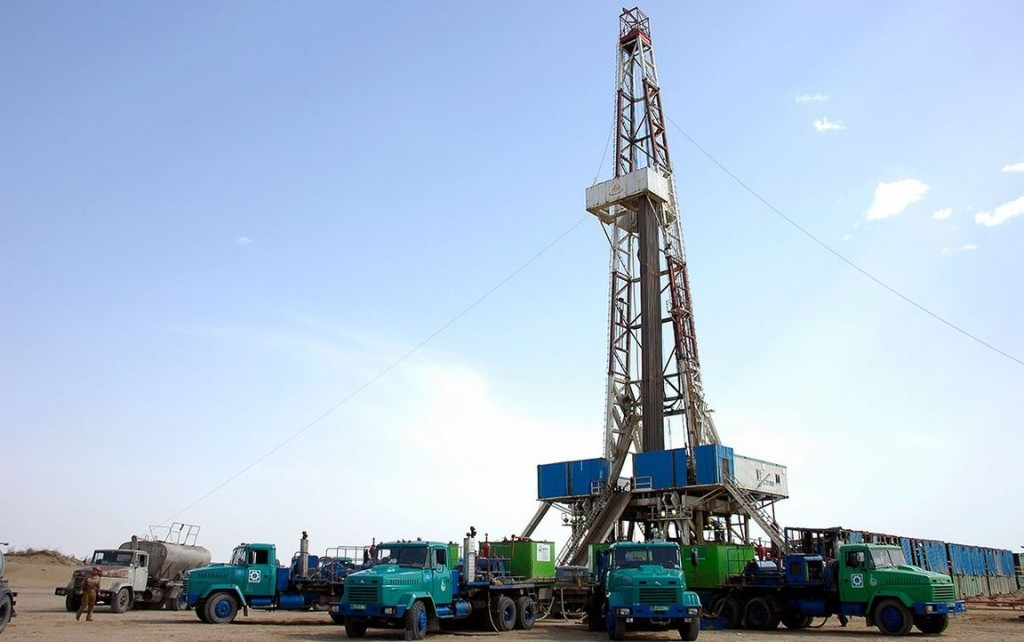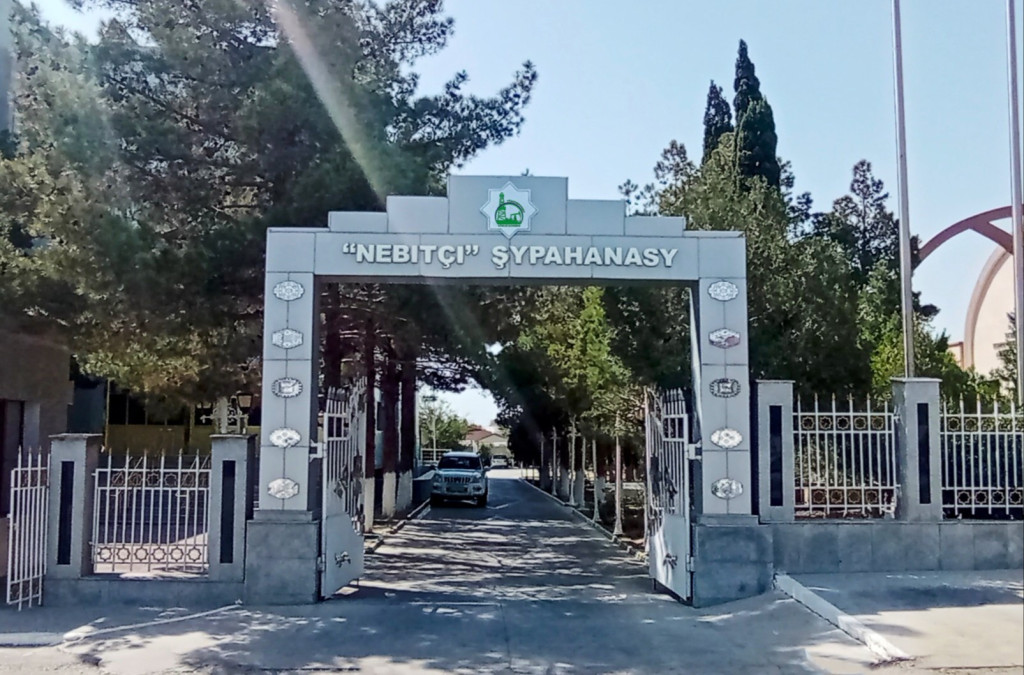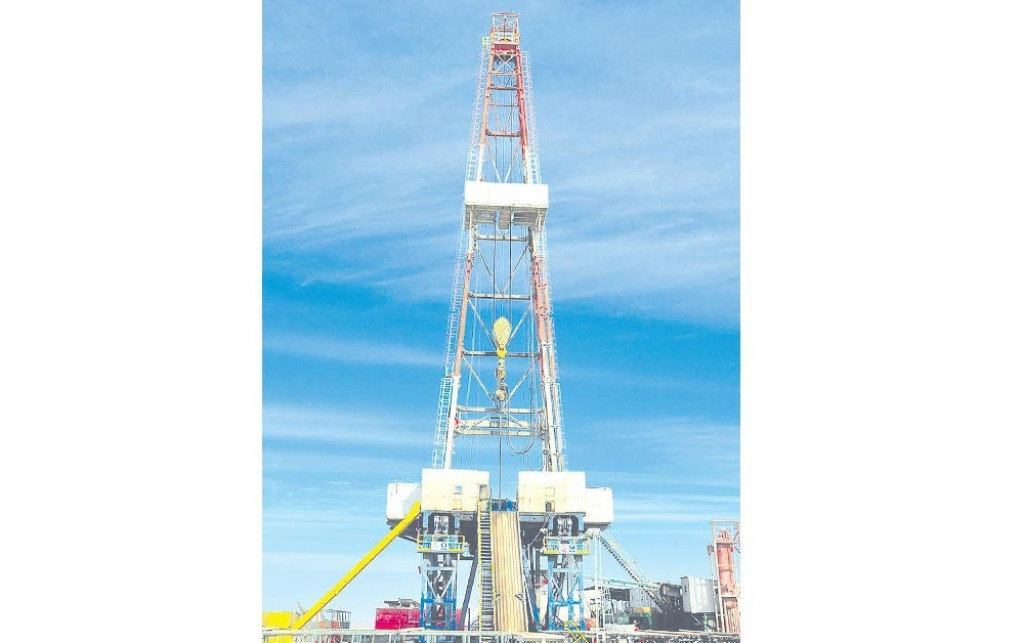
Currently, various methods are used in the oil and gas industry to combat the formation of paraffin and salt deposits in tubing and well equipment, which disrupt the stable operation of production wells. These include chemical, physical, thermal, mechanical, and microbiological techniques. However, none of these methods can fully resolve the mentioned issues. Corrosion and reduced service life of pipes and pipelines remain among the key challenges.
When a magnetic structure is introduced into production, it does not affect the technological process, reduces the number of well repairs, extends the repair interval, and decreases the unit cost of oil production. In this method, a water-oil emulsion or water passes through a magnetic field, acquiring new physical properties without changing its chemical composition. Inorganic salts and asphaltene-paraffin resin, after magnetic treatment, lose their ability to form solid deposits, their crystallization centers break down, they do not settle and are carried upward with the flow. During oil treatment, they are easily removed.
Advantages of using magnetic treatment for water-oil emulsions and water:
The formation of asphaltene-paraffin deposits is reduced by up to 90%, and salt deposits by up to 45%. The likelihood of hydrate plug formation decreases by 3 to 5 times.
The corrosiveness of magnetized water decreases. During initial system processing, corrosion rates of metal drop by up to 50%. In a closed-loop system, continuous magnetic field exposure can achieve 95% corrosion protection efficiency.
Injection of magnetized water into the bottom zone of the reservoir reduces clay swelling and improves reservoir capacity by altering physical characteristics.
The freezing point of magnetized water is 5–10°C lower than that of regular water, increasing the reliability of reservoir pressure maintenance (RPM) in winter conditions.
According to laboratory studies, the strength of foam cement increases after magnetic treatment. The fluidity of the cement slurry decreases to 9–11 cm, and its density increases.
Using a magnetic activation system in wells is simple, has no adverse impact on operations, personnel, or the environment. When reintroduced, the system also helps clean the flow area from ferromagnetic particles (scale, rust, metal shavings). To fully evaluate its benefits, scientific research and laboratory testing under local Turkmen oilfield conditions are necessary.
Nazgeldi BAYRAMGELDIYEV,
Senior Researcher, "Nebitgazylmytaslama" Institute of the State Concern "Türkmennebit"
Source: "Nebit-gaz" newspaper



